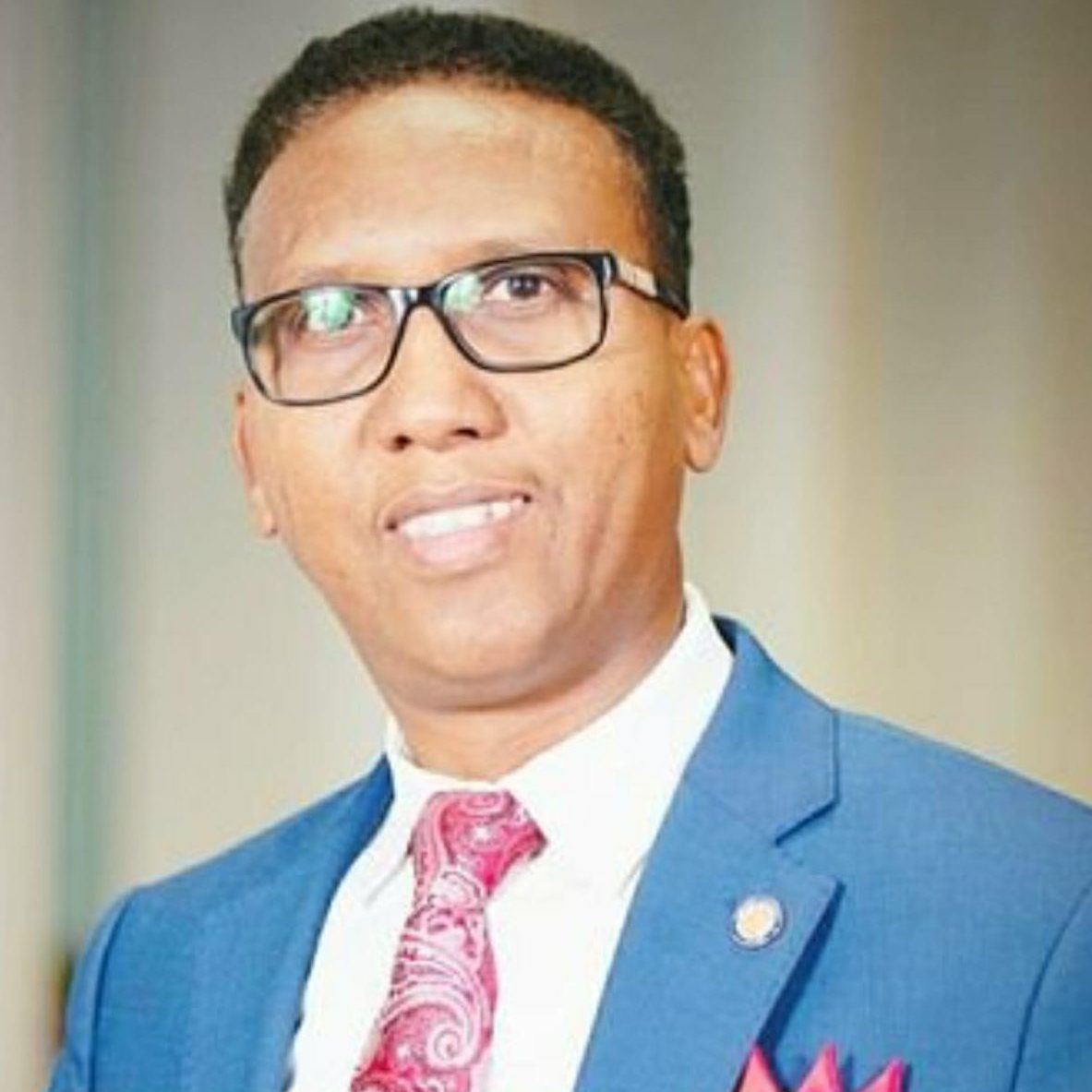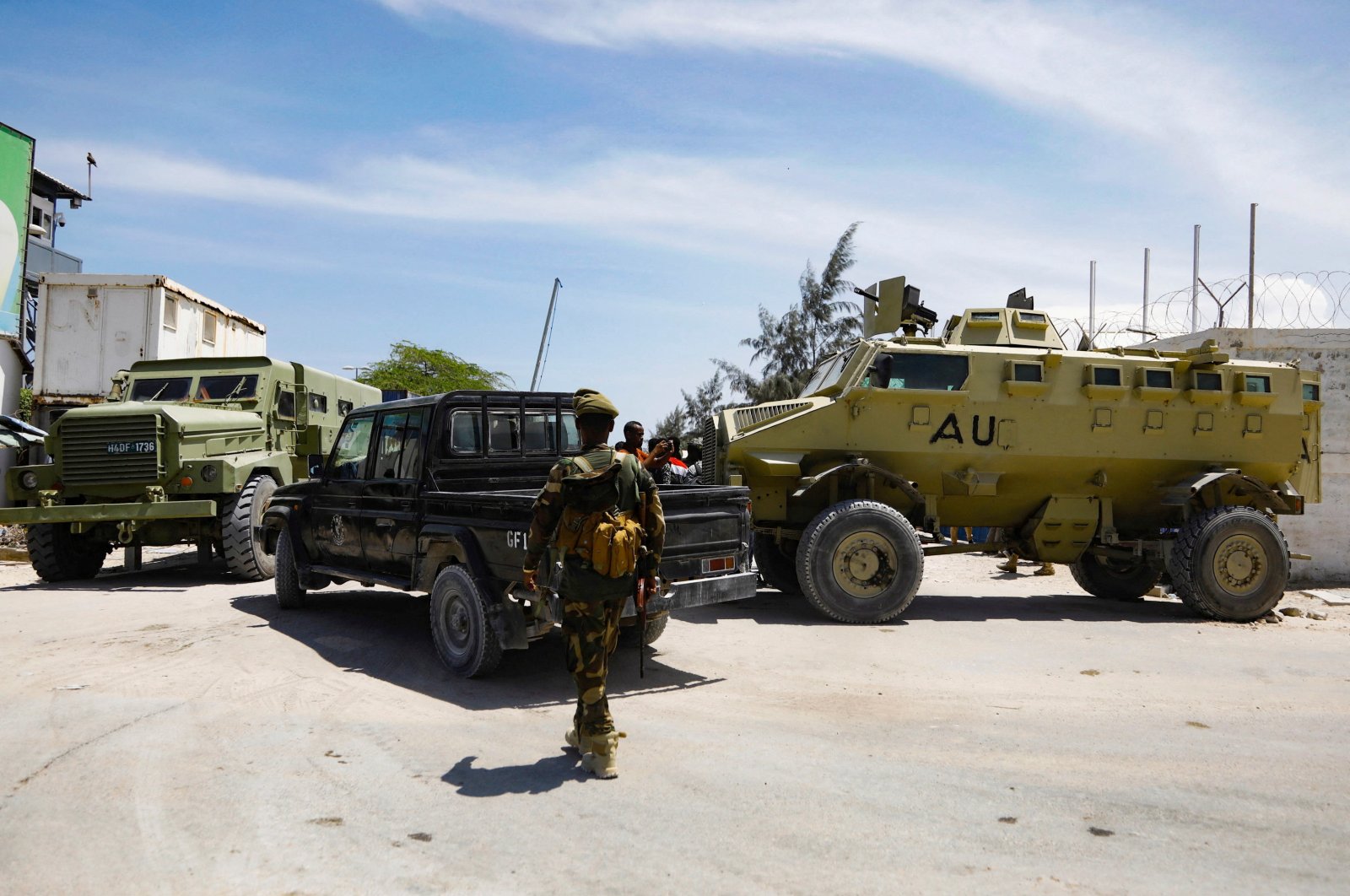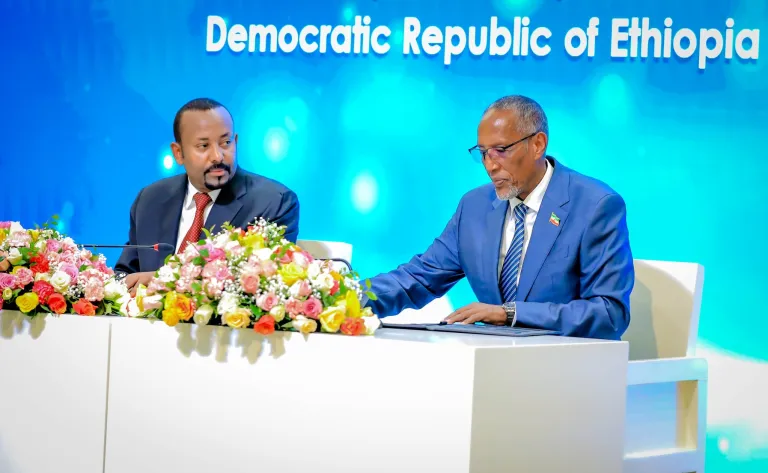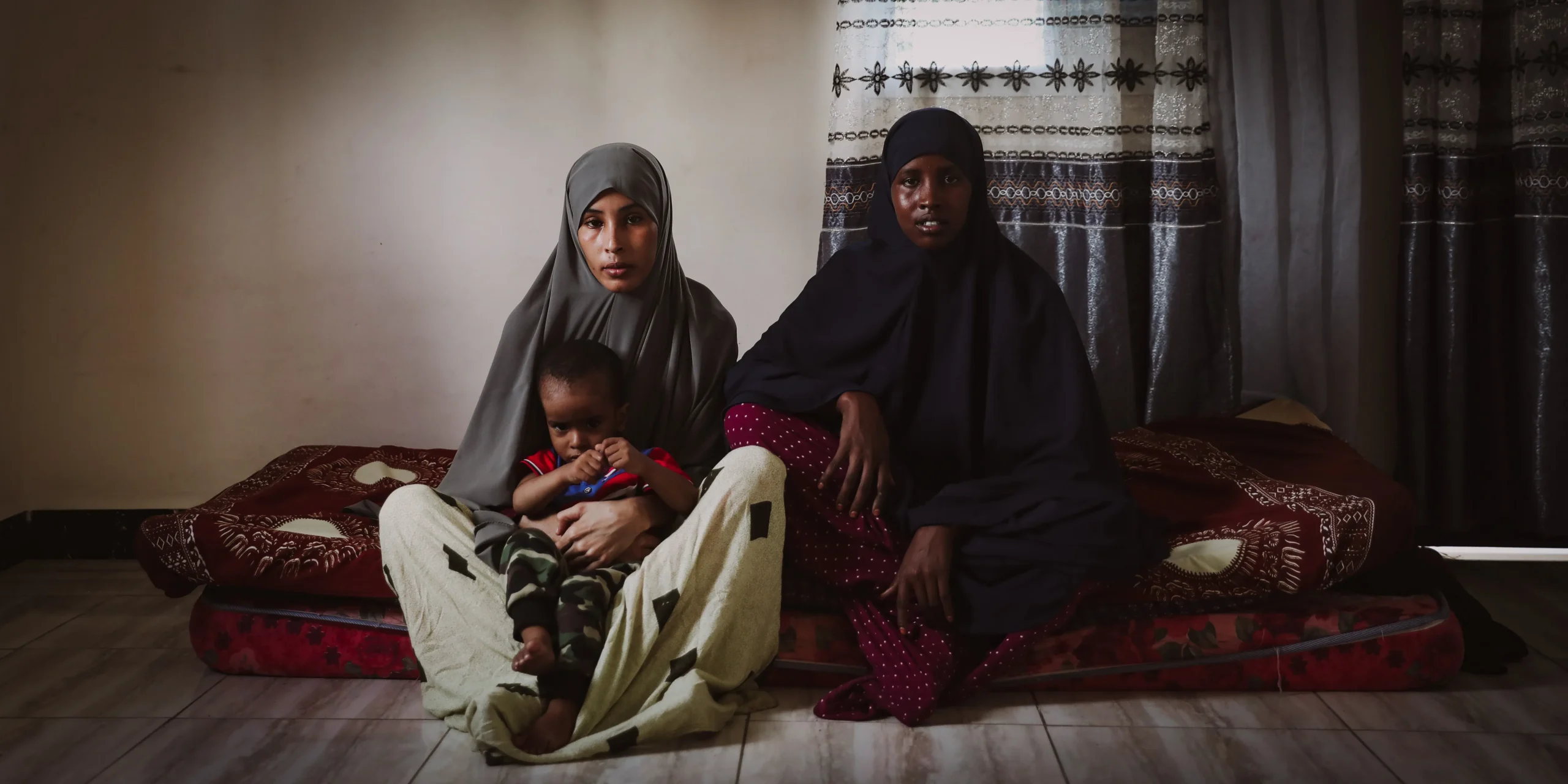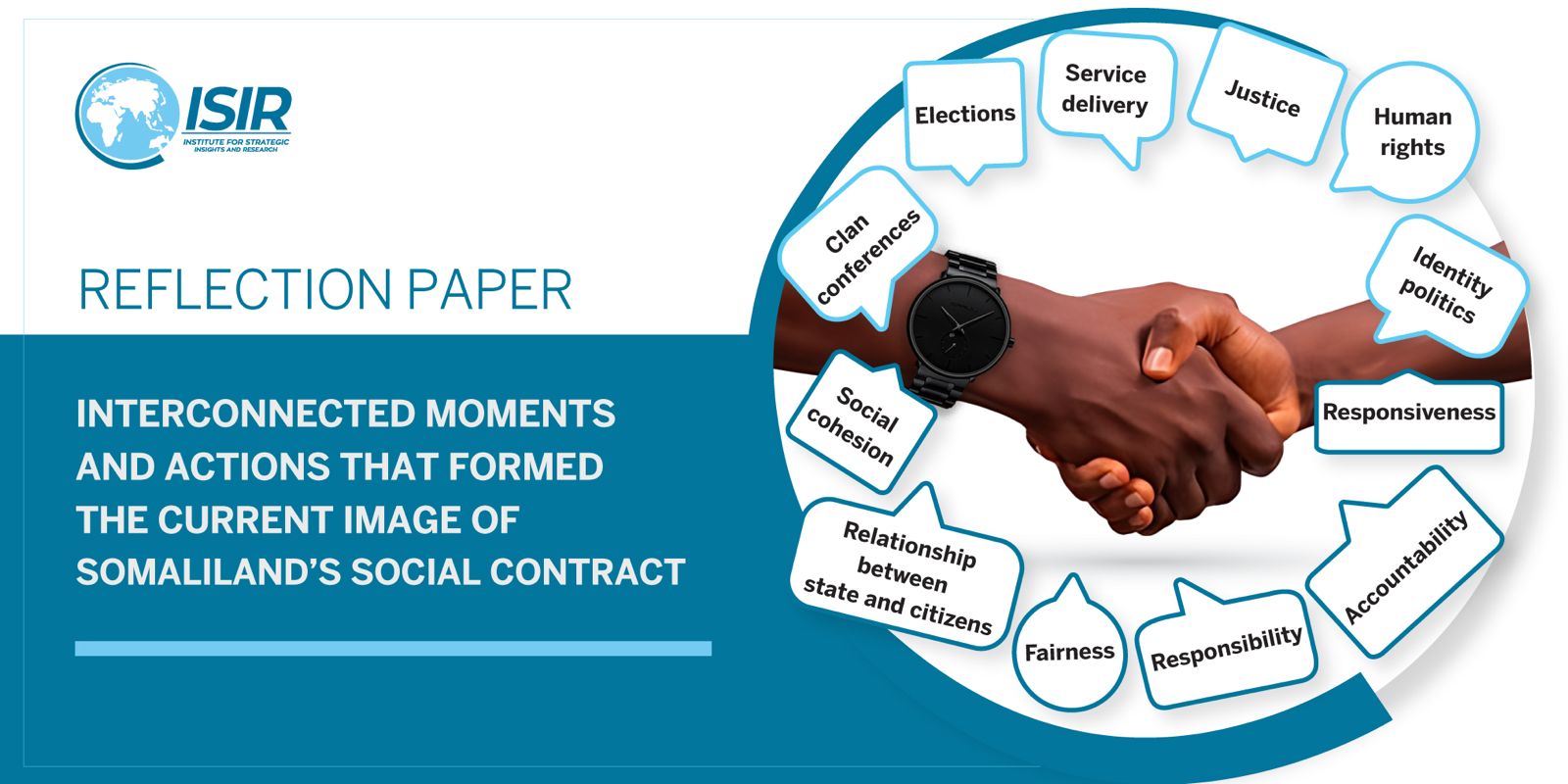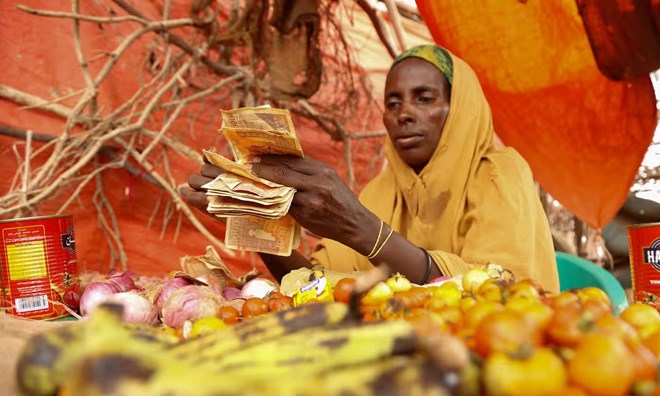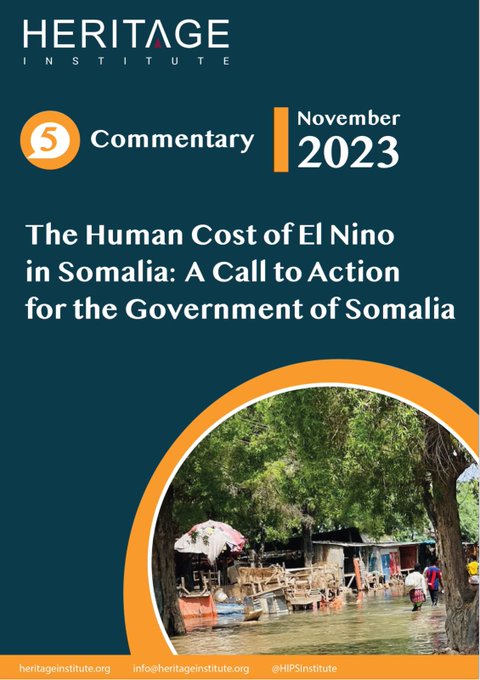In last week, Somalia was in the headlines once again. At least 26 people, including a prominent journalist, Hodon Naalleeye, have been killed in an attack in Kismayo. Al Shabaab is a daily life reality in Somalia.
Its murderous and indiscriminate attacks claim the lives of innocent people. The most deadly single attack occurred in October 2017 when a lorry loaded with explosives detonated in a busy crossroad in the capital city of Somalia.
The official death toll was 500 people. Many more were injured and buildings were demolished into rubbles. It was the single deadliest terrorist attack in Africa.
The African Mission in Somalia (AMISOM) has twenty thousand troops in the country with the mandate to “reduce the threat posed by Al-Shabaab and other armed opposition groups; and assist the Somali security forces to provide security for the political process at all levels as well as stabilization, reconciliation and peacebuilding in Somalia.”
In addition to that, world powers are part of the war against al Shabaab. The US carried out over one hundred strikes in the past two years targeting senior al Shabaab leaders in an attempt to weaken and disrupt the command structure of the organisation.
The government of Somalia claims that a downfall of al Shabaab as its top priority. Yet, al Shabaab controls territories and manages to carry out sophisticated attacks even in the heavily guarded area of the capital of Somalia, Mogadishu.
How Al Shabaab survives and why forces that outnumber and are better resourced failed to defeat? Background Al Shabaab, an al Qaida affiliated group, came into prominence after Ethiopian led incursion ousted from power a group of Islamists who took over the capital of Somalia and much of the southern parts of the country in 2006.
The Union of Islamic Courts, as they were called, comprised of Islamists with different political agenda and religious ideology. Among them were young Salafists who later formed al Shabaab. The defeat of the Union of Islamic Courts (UIC) divided the group and resulted in a long insurgency against the Ethiopian invasion and the Transitional Federal Government it supported. A reconciliation agreement brokered in Djibouti made the UIC leader, Sheikh Sharif Sheikh Ahmed, the president of Somalia in 2009.
His election did not convince al Shabaab to lay down arms and join their former leader, but instead, they intensified their attacks. Today, Al Shabaab is weaker than 2009 but strong enough to carry out attacks, control territories and challenge the authority of the Federal Government in Mogadishu. This week the traditional leaders who selected the members of the Parliament of Somalia have been summoned to report to al Shabaab and ask “amnesty”.
Dozens of them were already killed by al Shabaab. A by-product of indoctrination Al Shabaab is not a foreign enemy that needs to be eliminated as their opponents often claim. The vast majority of them, of course with some foreign Jihadists, are Somalis.
They are as a result of an indoctrination process started in the 1980s and found the fertile ground it needed to harvest when the central government of Somalia collapsed in 1991 and no government replaced to fill the vacuum. In an anarchic situation, the Islamists, mainly Salafists, came with money from the oil-rich Gulf countries. In a collapsed economy, famine-stricken population with no government to provide services, the Islamists managed to offer services such as education.
Above all the money and connections in the Gulf enabled them to dominate the business sector making them a strong force. By running schools and building as many mosques as Gulf money can buy, they became the sole preachers of Islam and unapparelled force that brainwashed children who were born or raised without a government. Efforts to fight al Shabaab needs to take into account addressing the structures in place that are helping al Shabaab.
Weak government The governments formed for Somalia since 2001 failed or never wanted to address the problem the country has been facing. The leaders of the national government and the many regional administrations are in endless disputes. Either the leadership in Mogadishu are in-fighting or/and are in a stalemate with the regional administrations.
The four-year mandate passes with little progress made in overpowering al Shabaab. The leaders of the country have been in a delusion. They assume that the people of Somalia have no problem among themselves and that Al Shabaab is the only challenge. Somalia collapsed not due to al Shabaab, but because of a civil war, a prolonged civil war. Therefore, a true and grass-root level and bottom-up reconciliation process are imperative and a prerequisite for success.
The disunity benefits al Shabaab and gives the environment it needs to operate. The peace deal made in Djibouti in 2009 integrated the Islamists militias with the federal government in Mogadishu. Many of the members of the UIC joined the different sectors of the government including the intelligence. It is a miscalculation to believe the existence of a clear line between al Shabaab members/sympathisers and the government institutions.
As the war is unconventional, the system is also fluid and mixed. This may partly explain why al Shabaab has a superior intelligence in comparison to the government of Somalia. Misplaced outside interventions it is true Somalia was destroyed by Somalis, and they should accept that and take responsibility. Who should take the lion’s share for such mayhem is another matter.
But is also true that foreign interventions exacerbated. Interferences in Somalia’s internal affairs started immediately after the collapse of Siad Barre regime. Not all interferences were and are ill-intended. Many are for good faith as so many others are not. Nevertheless, these interventions have complicated the situation.
Conclusion Al Shabaab phenomenon is not an issue that should be dealt with in isolation. But it is part and parcel of Somalia’s quagmire. Only holistic approach taking into account all factors can ensure the revival of Somalia and the end of the fiasco.
By:Guleid Ahmed Jama
Twitter: @GuleidJ
Categories: Latest News, Opinion





